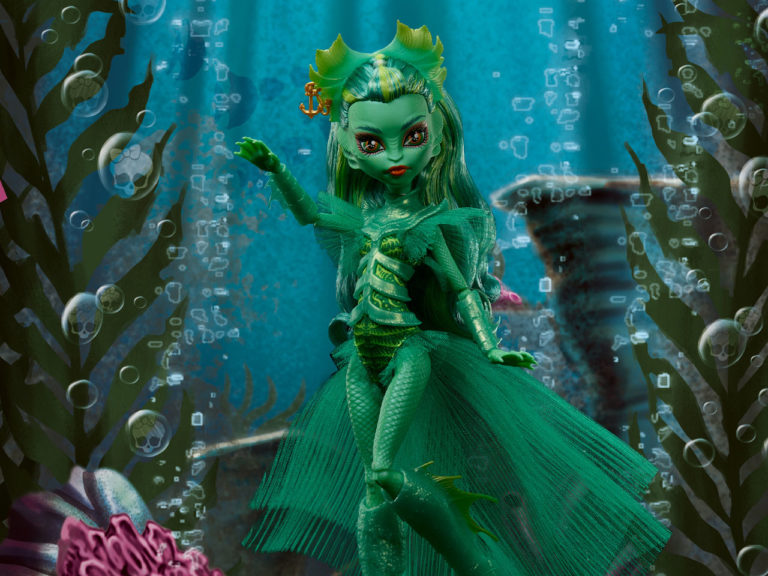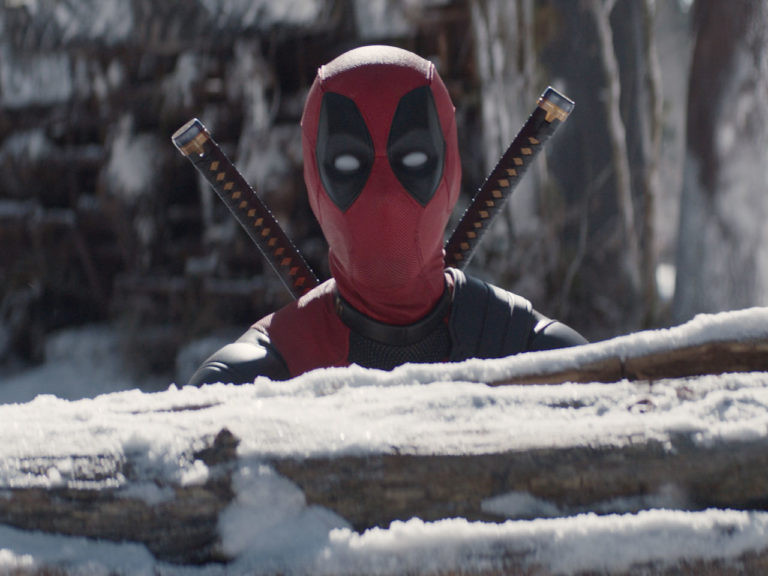
One of the wells Batman writers love to dip into over and over again is the question of whether or not Batman creates his villains. It’s like the Bat-Egg and the Joker-Chicken. Is Joker a response to Batman? It’s a convenient way of re-interpreting the canon of the Batman comics, which had him initially fighting random hoodlums, only encountering truly dangerous criminals like the Joker later on. In general, I don’t subscribe to the notion that Batman creates his villains.
With a villain like Two-Face, there seems to be an argument for it, especially with the way Batman: The Animated Series portrays his origin. But it’s not that simple, and in the Animated Series‘ first truly great episodes, the show tries to tangle with concepts like mental health and personal responsibility in ways few cartoons before or after have tried.
This week, we’re discussing the two-part origin of Two Face, simply titled Two Face Part I and Two Face Part II.
“Two Face”

In the nine episodes preceding this two-parter, we’ve met characters like the Joker, Scarecrow, and Poison Ivy. While we’ve seen the origins of the latter two, their origins happened in the shadows, out of sight of Batman and Gotham.
With Two-Face, though, what goes down is very public, painful, and even frightening. It’s wild to think that this was on kids’ TV.
The story starts in Harvey Dent’s mind. A shadowy growling voice tells Harvey that it’s time, and he’s clearly terrified. He wakes up, though, to his campaign manager telling him that it’s time to get ready for the raid he’d planned. There’s something bubbling under the surface, for Harv, though, and it doesn’t take long for it to bubble up. After the successful raid – with a caped-crusader assist – the hoods are being led into the Gotham PD wagon to be hauled off when one of the hoods threatens Dent and kicks mud at him, setting Harvey off. His eyes change and he goes ballistic on the guy until Commissioner Gordon gets in the middle and pulls him off. But it’s too late – Dent’s arch enemy, crime boss Rupert Thorne, as seen Harvey’s dark side plain as day and broadcast on live television.

At a campaign event shortly after, Harvey finds out his recent accomplishment was thrown out due to some red tape, and he blows his top again – this time on his friend Bruce Wayne, who the show has already established as being someone to whom Harvey is very close. It’s not just criminals that are the target of Harvey’s outbursts anymore.
After, Bruce and Harvey talk. Harvey worries about the perception voters could have of him as someone unstable. The stigma of mental illness is certainly not a new concept in modern culture, though it wasn’t nearly the hot topic back in the Fall of 1992 that it is today
Harvey sees his therapist, and we learn who this growling man is. Harvey and Two-Face are both voiced by Richard Moll (Bull from Night Court!), and Moll did something here that not only helps establish how separate the characters are, but puts him up as an interesting mirror to Batman.

Harvey Dent has stayed “so clean he squeaks” by suppressing and repressing his darker emotions due to childhood guilt. The suppression eventually created a second personality: Big Bad Harv.
Big Bad Harv is all of Harvey’s negative emotions bundled together in a single, violent package; a Dr. Jekyll to his Mr. Hyde. Hulk. Mister Negative. You get the idea. Harvey knows that Big Bad Harv is a danger to his loved ones and his career, and is working through it in therapy. His therapist uses hypnosis to bring out Harv, and we get a moment here where one a character feels truly in danger. So much of the violence on the show is muffled by the fact that it’s an after-school kids show, but when Harv throws a lamp through the window and closes in on the therapist, it’s legitimately scary.
And while Harvey is in the therapist’s office melting down, Thorne’s right-hand gal is outside taking in the whole thing, giving Thorne the blackmail material he needs to take Harvey down. On the eve of his triumph, Harvey gets a call from Thorne.

This is where the mirror really gets interesting. Both Harvey and Bruce are upstanding citizens, well liked by their community. Handsome guys with smooth voices. And both have a dark side that growls and throws punches.
Thorne pulls Dent into a factory and is pressing him to break and become a bought man, and that’s when Batman shows up to try to keep Harvey out of trouble. What’s interesting here is that we see Batman using Bruce’s voice! In the series so far and in Batman lore, this is a lot less common than Bruce using Batman’s voice. While Batman is in the costume, it’s Bruce trying to talk to Harvey. But Big Bad Harv is in charge, and Thorne is trying to ruin his life. When Dent runs after Thorne, Batman knocks a goon with a tommy gun out of the way, but a stray bullet strikes and electric panel, causing a chemical explosion. When Batman turns Harvey’s limp body over, we see one of the few times that Batman looks genuinely heartbroken.
Harvey awakens in the hospital to the doctor cutting off his bandages. When the Nurse gasps and drops her tray, Harvey demands a mirror – but his voice is a growl. Big Bad Harv is in charge. He howls in anguish and runs into the hallway, where Grace, Harvey’s fiancée, spots him. When he turns to face her, she faints. Again, in that growling voice, Harvey utters his last words: “Goodbye, Grace.”

At the center of all this is really Harvey’s fear of judgment. A more confident Harvey wouldn’t have bent to the threat of someone revealing that he was working on his health. A calmer Harvey wouldn’t have reacted to the scarring the way he did. Without Batman, Harvey would likely be dead – Harvey’s fear is more responsible than Batman for the birth of Two-Face.
The second part of the two-parter is significantly more cartoonish. The writers had to back into the idea of Two-Face existing, and the comparatively nuanced look at the character goes flying out the window like the therapist’s lamp. Six months have passed, and since then Two-Face has built up a small crime operation and all of the trademark affectations that make up Two-Face. He has the scarred coin, the custom black-white suit, and the obsession with twos, including twin goons, attacking building #222, and only going after businesses with a “two” in the name. A shot of Two-Face’s wallet also reveals that he has a bank card registered to Two-Face. What?
Batman has one of his usual nightmares, too. I love that he dreams as Batman. It’s a great reminder that he’s even Batman when he’s unconscious. But I also love that Bruce’s dreams are always super melodramatic because it gives more reserved actors a chance to get goofy for a minute.

The episode is not without its strokes of artistry, though. Both Grace and Harvey “Two-Face” Dent are mourning the loss of their relationship. On Grace’s end, Thorne’s right-hand gal is once again interfering, masquerading as an officer to get Grace to lead them to Two-Face. Meanwhile, Two-Face’s twin goons apparently kind of care about their boss and they suggest that if he wants to see Grace, he should! Good job, weird ventriloquist-doll-looking creeps!
Things get silly again when Grace shows up at the appointed place, because it seems that Two-Face has set up his club, Wild Deuce, to visually reflect his split personality, utterly trashing half the place while the other half stays immaculate.
That’s really theatrical, dude.

Thorne and his goons show up, as does Batman. Grace and Batman see Harvey having fallen into the compulsive use of his scarred coin and they beg him to take responsibility for his actions – something he should’ve done long ago. A brawl ensues, though, and everyone but Batman and Grace (a very weird sequel to Will and Grace, I hope) ends up in cuffs.
Looking at this two-part story so may years later, it’s clear how problematic a lot of it is. Multiple personalities aren’t a thing where a person wears special outfits and sets up theatrical hideouts, and the comic-book-y treatment of it feels dated. Grace isn’t given anything to do other than cry and beg.
Even so, it’s fun to see the series starting to stretch its wings with more ambitious stories like this. Two-Face has always been a fun villain for Batman that plays on his guilt and duality, and the episodes taken as a pair are effective.

Two-Face’s darker half looks especially good in high definition, with the blues and reds lighting up and the details of his grotesque disfigurement being rendered especially clearly. There are a few close-up shots rendered in especially high detail with extra shading that look really good.
Next week, Thorne is back on the streets and causing trouble in a pretty solid episode that happens to have an anti-drug message, and then one of the very worst – maybe the worst – episode in the series ever: “I’ve got Batman in my Basement.”
If you need more BTAS commentary now, we have every episode of the series ranked from the worst to the best!
Fun Jug Media, LLC (operating Batman-News.com) has affiliate partnerships with various companies. These do not at any time have any influence on the editorial content of Batman News. Fun Jug Media LLC may earn a commission from these links.


